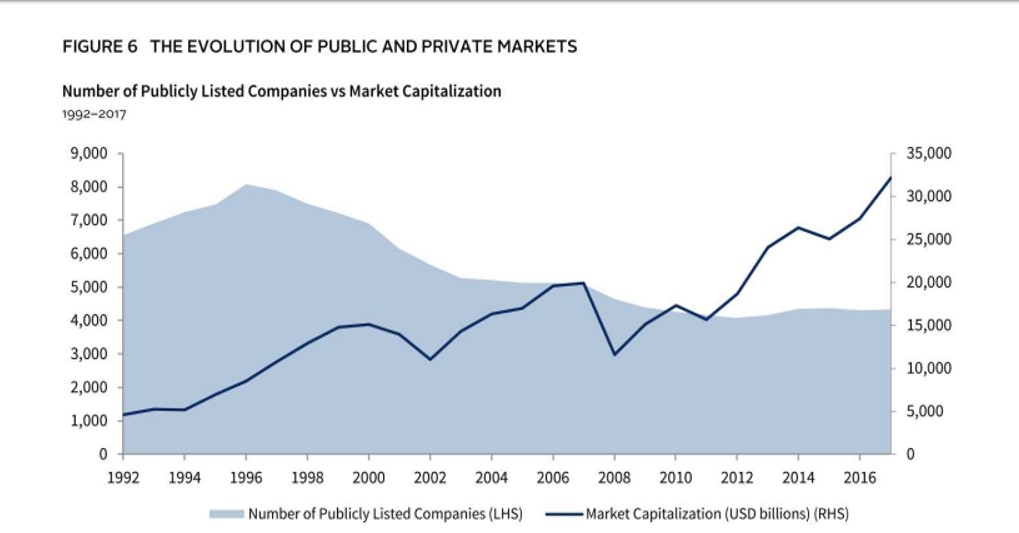Alt Investments
Families Should Pile Into Venture Capital - Study

A report claims that the long-term benefits of investing in venture capital are so great that families, for example, should consider dramatic increases in the share of their wealth placed into the asset class.
There has been a big influx into venture capital as an asset
class over the past 10 years, with some top-performing
institutional investors parking as much as 15 per cent or more of
assets into VC, a study of the sector that trumpets its virtues
says.
A study of VC by Cambridge
Associates finds that institutions in the top decile for
returns had an average of 15 per cent allocation in venture – and
some higher than that, and a greater share may be appropriate for
private investors. In fact, families should consider bumping VC
up to 40 per cent of their assets if their time horizons can
accommodate it, it said.
The report comes at a time when organisations such as family
offices, foundations and endowments have been encouraged to
consider VC and other relatively illiquid asset classes. This is
because investors win a superior return compared with more
mainstream areas such as listed equities, particularly in an
environment of very low interest rates.
The asset class has matured from the highly volatile pattern of
returns seen in the dotcom frenzy of the 1990s, and changes in
the structure of how companies are financed and owned means that
potential for VC is much greater today, the report, entitled
Venture Capital Positively Disrupts Intergenerational
Investing, said.
One concern has been that there is now more than $2.0 trillion of
“dry powder” in private capital markets (private equity, private
debt, venture capital and forms of infrastructure) – a term
applying to money that is available to be deployed. Without
sufficiently profitable opportunities, the concern is that such a
large lump of money will squeeze returns. Preqin (25 September 2019)
found that venture capital assets under management doubled over
five years to 2018, reaching $856 billion as of December 2018. VC
comprises 14 per cent of the $6.06 trillion global private
capital industry.
Cambridge Associates’ report argues that there is plenty of
headroom in VC because a higher proportion of businesses today
are privately held than was the case two decades ago. Over the
past 20 years, the number of publicly traded US stocks has shrunk
by almost half, to 4,336. That compares with 8,353 unrealised and
partially unrealised VC-backed companies in 2019.

Source: Cambridge Associates
“While not all these companies will survive, or prosper, many
will generate significant returns for investors,” the report
said.
“Fears of too much money being raised in the VC space are
consistently based on historical levels, rather than future
potential. When put into context, the amount of money raised in
VC represents a fraction of the market value of the industries
being disrupted by many venture-backed companies, and a fraction
of the total addressable markets of emerging business categories
being created by VC,” it said.
VC, in fact, is tiny compared with the overall investment
universe, the report said: VC at $340 billion net asset value is
less than 0.5 per cent of the $85 trillion in global equity
valuation.
The report cautioned about the media noise around “unicorns”
(firms valued at more than $1.0 billion) and some of their
associated IPO disappointments (Uber, and others). “Once aptly
named, unicorns are no longer rare and elusive,” the report
continued.
The benefits to investing in VC over the long-term when set
against listed equities are clear, Cambridge Associates said.
“Given muted return expectations for public equities over the
next 10 years, increasing allocations to VC may prove to be
beneficial. Consider the following maths: A properly constructed
VC portfolio will target a 300 per cent return over the life of
the fund (typically 10 years). By comparison, to earn a 200 per
cent return on a public stock over 10 years, the stock would need
to have an annualised return of about 7 per cent,” it said.
